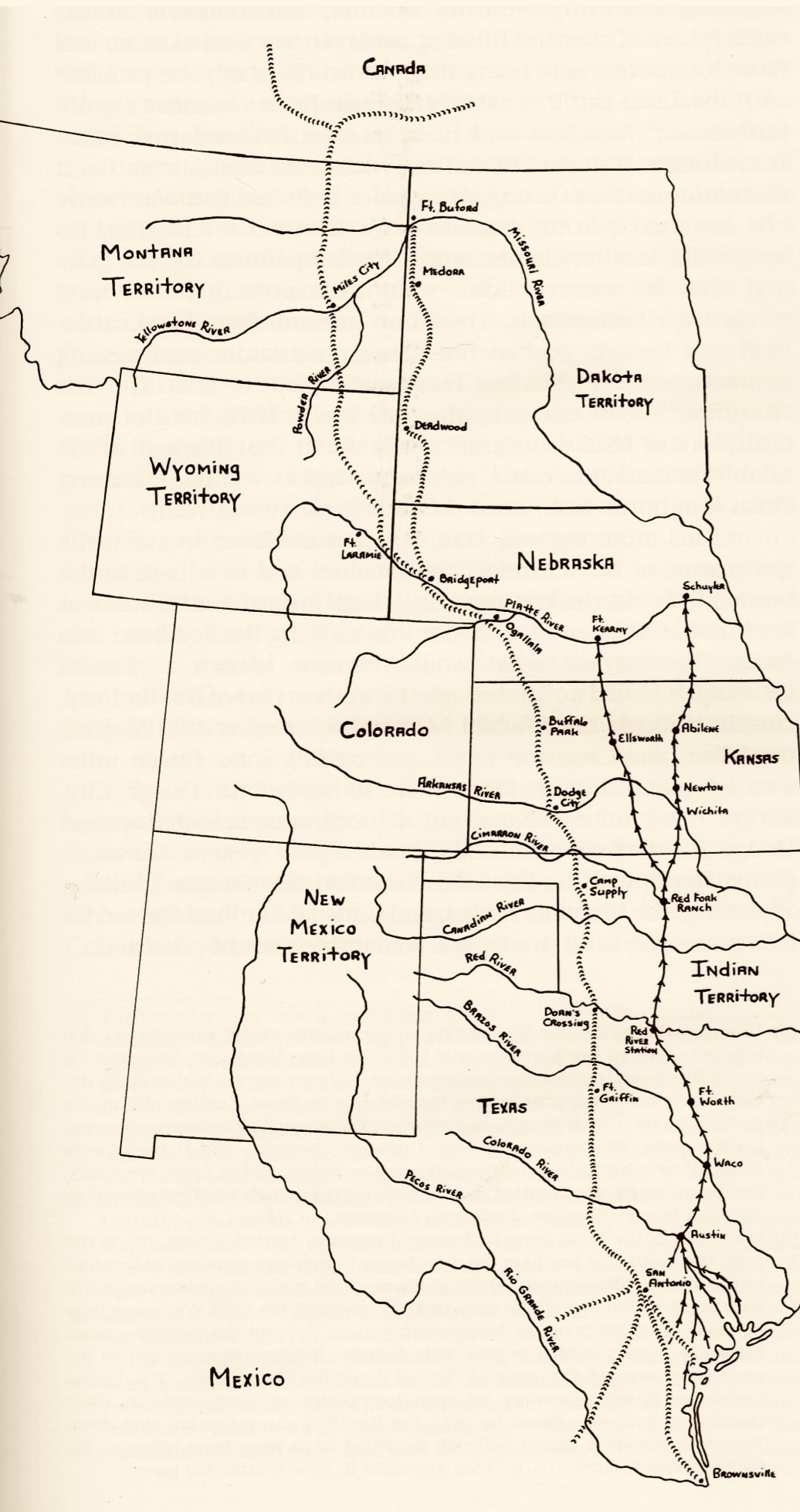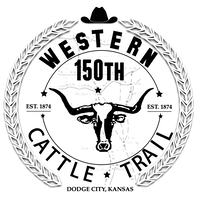When the U.S. Army successfully concluded the Red River War in early 1875, driving the Comanche and Kiowa onto a reservation, Lytle's trail became the most popular path to the railheads in Kansas and Nebraska. It remained the most used until the cattle trailing industry ended in the 1890s. The Western Trail, a pivotal component of the cattle-driving industry, was also known as the Dodge City Trail or the Texas Trail. It originated in the hill country of Texas near present-day Kerrville, where numerous minor trails converged. During the 1880s, the drives frequently passed by Dodge City, heading to Ogallala, Nebraska, and Wyoming.
0 Comments
Leave a Reply. |
Author"THE MISSION OF THE WESTERN CATTLE TRAIL ASSOCIATION IS TO PROTECT AND PRESERVE THE WESTERN CATTLE TRAIL AND TO ACCURATELY PROMOTE AWARENESS OF IT'S HISTORICAL LEGACY." Archives
July 2024
Categories |




 RSS Feed
RSS Feed

